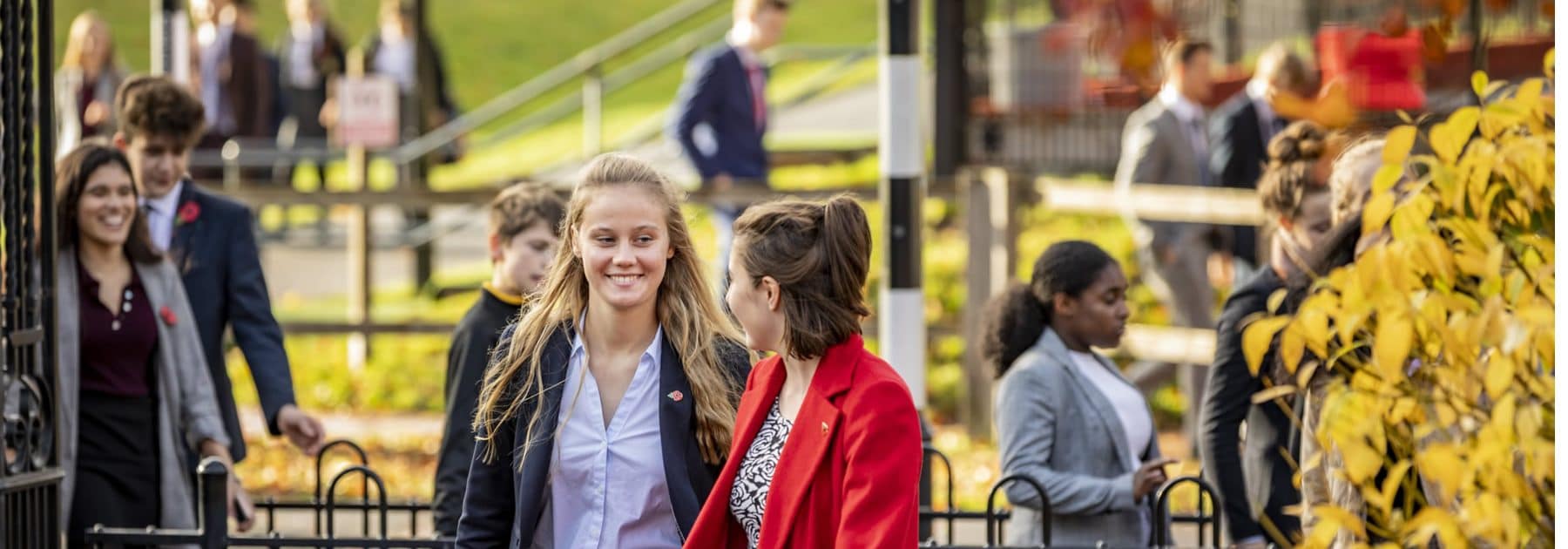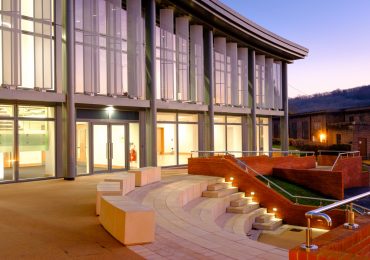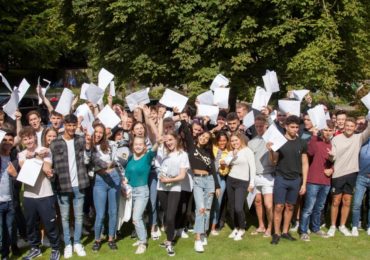Photography A Level
CLICK HERE TO RETURN TO SIXTH FORM OPEN EVENING SUBJECT INFO MASTER PAGE
Photography
A Level Exam Board: Eduqas
AS Level Exam Board: Eduqas
Creativity is cited as one of the top three skills promoted by the World Economic Forum as essential for a young person entering the careers market in the next decade. The foundation of all creativity is enabling a student to realise their own ideas stemming from a divergent range of possible solutions.
At the core of an Art A Level is the development of a student’s creative excellence to prepare them for 21st century opportunities.
Entrance requirements:
Students should have completed an Art, Design (3D or Graphics) or Media GCSE and have achieved at least a grade 7.
Art: Photography is an academic option which can complement a range of other A Levels adding breadth as well as the important opportunity to self-direct their own creative process with teacher mentoring and to develop independent critical thinking skills which are increasingly sought after in industry.
Career opportunities:
It is an essential qualification for Art and Photography courses in all their variety (399 art and design related options are available through UCAS). There is a wealth of possible careers available proven by the fact that 1 in 11 adults in the UK (1 in 8 in London) are employed within the creative industries. This subject is a highly useful qualification for our age of visual communication and social media. It has also proved invaluable for students planning to study such courses as Business Management, Forensics, Psychology and Marketing, as well as those who choose careers in the Arts.
Structure of course:
Photography is a two-year linear course but there is the added flexibility that students can submit their Lower Sixth coursework to the exam board and complete an AS Level if they are considering not continuing to the full A Level.
The AS and A Level courses involves both practical work and contextual studies. Students of Photography are expected to be taking photos regularly, working in their sketchbooks, developing their personal work and involving related works of other photographers, artists, designers and filmmakers, both contemporary and historical, as well as from any culture. In the Lower Sixth students will complete an induction period in which they will be taught a number of core skills as part of a self-directed project in response to a theme. They will also study the History of Photography for two terms in one of their double periods each week to lay the foundations for their Personal Investigation which they embark on after Easter of the Lower Sixth. Part of the Personal Investigation requires a 3000 word visual essay in response to a self-directed theme. The Personal Investigation is worth 60% of the A Level and continues to be developed until the end of January in the Upper Sixth through practical work and outcomes. This is followed by an externally set assignment worth 40% of the A Level, which begins in February of the Upper Sixth with a timed examination in the Summer Term. The year is rounded off with an exhibition celebrating their work.
Facilities:
The Photography provision within the studios offers opportunities for students to work with both wet and dry photographic processes. These studios are fully equipped with:
- Photographic darkroom (equipped for black and white chemical photography);
- Digital photography (including digital camera, colour scanners, large format colour printers, a sublimation printer and Adobe Suite).
- Backdrops, lighting and other photographic studio equipment and PCs with Adobe Suite.
Whilst all materials will be provided, there may be charges for some unusual or specialist materials that a student wishes to use for an expensive bespoke outcome.




